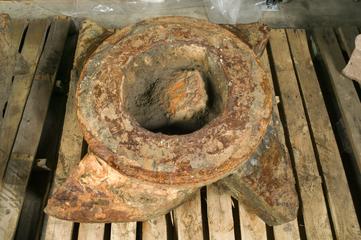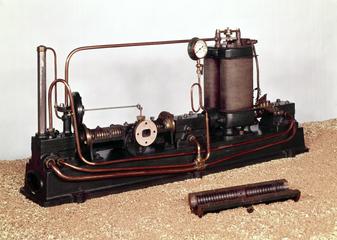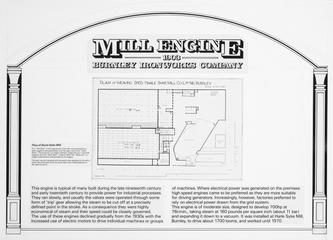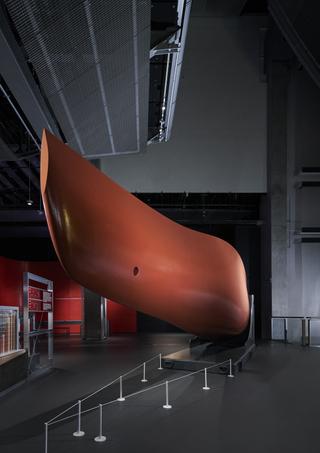
Haydock Colliery Steam Engine
- Made:
- 1830 in unknown place








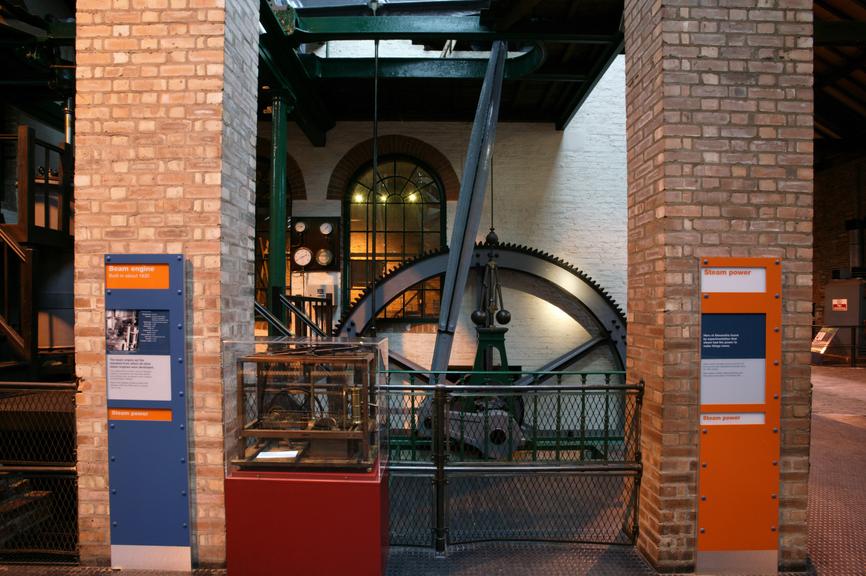



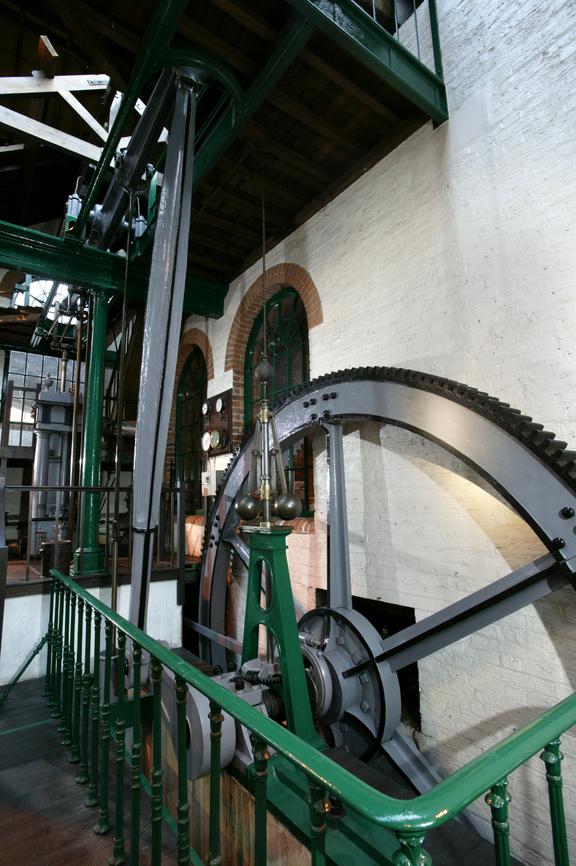
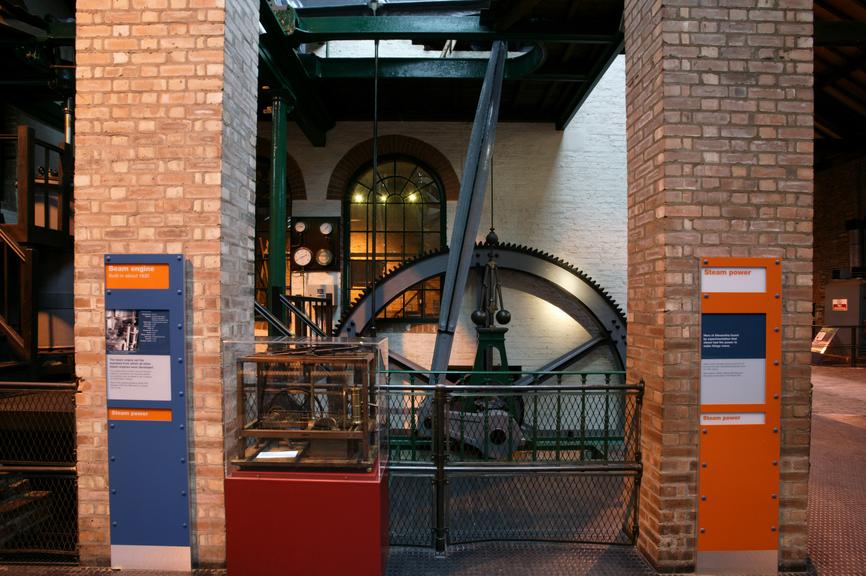
Single-cylinder condensing beam engine, made in about 1830 and latterly used at Haydock Colliery. 'D' shaped slide valves, parallel motion condenser, speed 20 rpm, power output 20 horsepower.
The beam engine was one of the earliest types of steam engine and set the standard from which all other steam engines were developed. This engine drove a joiners' shop at Haydock Colliery in Lancashire from about 1860 until the 1950s.
The beam engine was invented by Thomas Newcomen in 1712 to pump water from coal mines. It got its name from the large wooden beam, which rocked up and down in a see-saw motion. In 1781 James Watt devised a means of converting the vertical pumping action to rotary action to drive a flywheel.
Most of the engines powering Greater Manchester’s textile mills between 1790 and 1860 were of a similar type to this. In 1783 Richard Arkwright installed a steam engine to power his textile mill machinery for the first time at his textile mill on Miller Street in Manchester. His idea to power machinery using steam produced by burning coal put Greater Manchester at the heart of the Industrial Revolution. Mills no longer had to be placed by sources of natural waterpower – industrialists could build their mills and factories in urban centres where there was a plentiful supply of human machine operators.
Details
- Category:
- Motive Power
- Object Number:
- Y1968.4
- Materials:
- cast iron
- Measurements:
-
overall: 4572 mm, 4572 mm,
- type:
- steam engine
- credit:
- Gift of National Coal Board
